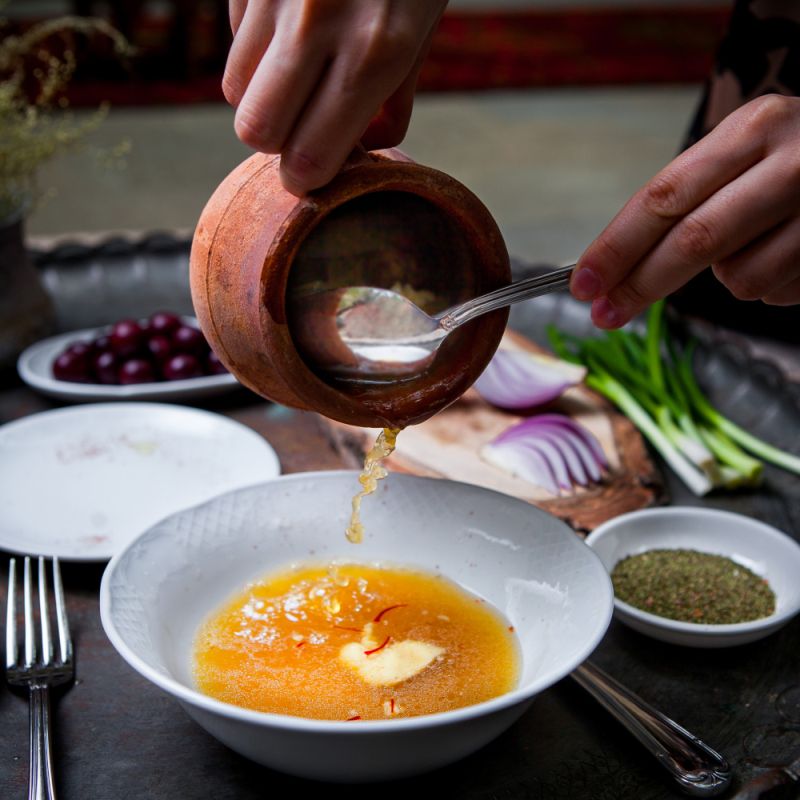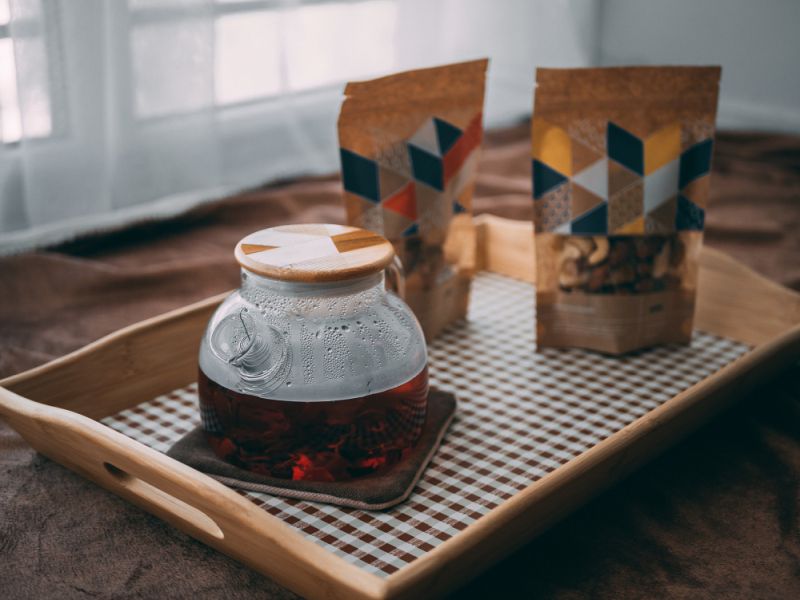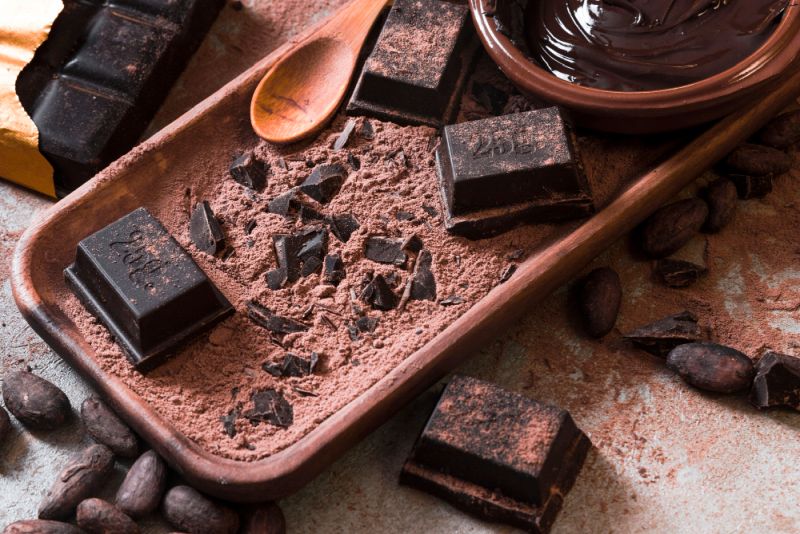Clay is an essential craft tool, and DIY clay projects are pretty fun. Even though many people find clay work to be intimidating, the truth is, they aren’t all that difficult to handle. You can create the best DIY clay trays with a few basic supplies that add aesthetics to your home and make for great jewelry organizers.
You can even use a clay tray as a key holder or a coin plate. You can even add small decoration pieces to your clay trays. Generally, the most popular clay tray is a jewelry dish.
This article will learn how to make a DIY clay jewelry dish by following simple steps.

Things You’ll Need
Here is a list of all the things you will need for this DIY craft project, along with their uses:
- Polymer or Air-Dry Clay: You can get either clay for making the trays. Polymer clay needs to be baked in an oven for hardening, while an air-dry clay will harden with exposure to air. While polymer clay requires extra effort, it also produces better results as it does not shrink upon hardening and is more durable than air-dry clay. You can find both types at your local craft store. Another plus of polymer clay is available in different colors while air-dry clay needs to be painted.
- Oven (for polymer clay): You will need to bake your clay for drying. For this step, an over is necessary. You can use the same oven you use to cook food.
- Rolling Pin: You will need a rolling pin to flatten the clay dough
- Bowl: Find a suitably sized bowl for shaping the clay dough
- Round Stencil: You will need a round stencil for getting the perfect circle. Instead of purchasing a stencil, you can use any circular lids, bowls, or round objects you might have at home.
- Acrylic Paints (for air-dry clay): Since air-dry clays aren’t colored, you can use acrylic paints to color them and add detailed patterns to improve aesthetics.
- Scrap Lace: A scrap piece of any old lace can create patterns on the clay tray. You can skip this step if you don’t have any extra laces lying around at home.
- Paint Brushes: For painting or detailing clay trays. This step is again optional.
- Pen with Flat End: A pen with a flat end can add patterns to the clay trays similar to laces. If you don’t have lace, you can use a pen instead.
- Butter Knife: You will need a butter knife for cutting the clay or creating patterns.
- Butter Paper: For preventing the dough from sticking to your workstation.

Steps to Follow
Once you have gathered all the supplies listed above, you can start making your DIY clay trays. Here are all the steps you will need to follow:
Step 1: Flattening the Clay
Open up the clay packet and take out a sufficient amount. Do not rip the entire pack open; instead, open it from one end, or all your unused clay will get damaged or dried, rendering it useless.
Once you have taken out the clay, start kneading it and create a ball. Place the clay ball on a non-stick surface. You can place butter paper on your workstation. Take your rolling pin and start flattening the clay till it reaches an approximate thickness of 1/8 inches.
Pro Tip: If you don’t have access to butter paper or any other non-sticking surface, you can simply roll the clay dough on a tiled floor.
Step 2: Patterning
Take your rolling pin and start rolling over the lace till the pattern is embossed onto the clay. After flattening the clay, place the piece of scrap lace over the flattened clay to cover the entire clay. If you don’t have lace, you can instead use a pen with a flat end. Press the flat end of the pen lightly onto the clay to create a polka-dotted pattern.
You can also create a striped pattern using a butter knife. Gently drag the knife across the clay to create your desired pattern. Make sure not to apply too much pressure since it can cut through the clay entirely. If you’re using air-dry clay, you can skip this step and instead decorate your clay jewelry dish with paints.
Step 3: Cut Out a Circular Shape
After you’re satisfied with your pattern, take a round object (can, lid, bowl, etc.) and place it over your clay. Make sure that this object is smaller than your clay dish. Use a butter knife to cut out a perfect circle and remove excess clay. If there are still any irregularities, use your fingers to smoothen out the edges.
Step 4: Shape the Tray
Take a bowl and turn it over. Place your clay on top and mold it into a bowl-like shape. In the case of air-dry clay, leave it on top of the bowl for several hours. If you’re using polymer clay, place the clay (still on top of the bowl) into the oven. Bake the clay to the temperature mentioned on the clay packaging, and you’re done. Make sure you use a ceramic bowl that can withstand high temperatures and has a non-stick surface. For air-dry clay, a ceramic bowl would be the ideal choice.
Step 5: Drying
In the case of air-dry clay, carefully remove it after leaving the clay on top of the bowl for several hours. But the clay isn’t fully dry yet and can still fall apart. Keep the clay in a place without moisture and leave it there overnight till it is completely dry.
Step 6: Paint the Dish
After your clay tray is completely dry, use acrylic paints to add a pop of color to the final product. You can showcase your creativity as much as you want in this step. You can paint just one color or create different patterns using detailing brushes. After the paint dries, your jewelry organizers are ready to use.

Conclusion
Whether you’re using polymer clay or air-dry clay, making DIY clay trays is a relatively straightforward process that you will thoroughly enjoy. You can always create unique patterns on the clay jewelry dish other than those discussed above. There is no limit to the level of creativity that can be incorporated into clay projects.
Once you’re done with the craft project, you can display the artistry on your dressing table, living room, or even the bathroom. Clay trays instantly add charm and add to the aesthetics of your home. You can showcase your jewelry, coins, keychain, and other items on these clay trays to liven things up at home.


